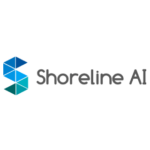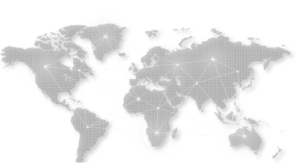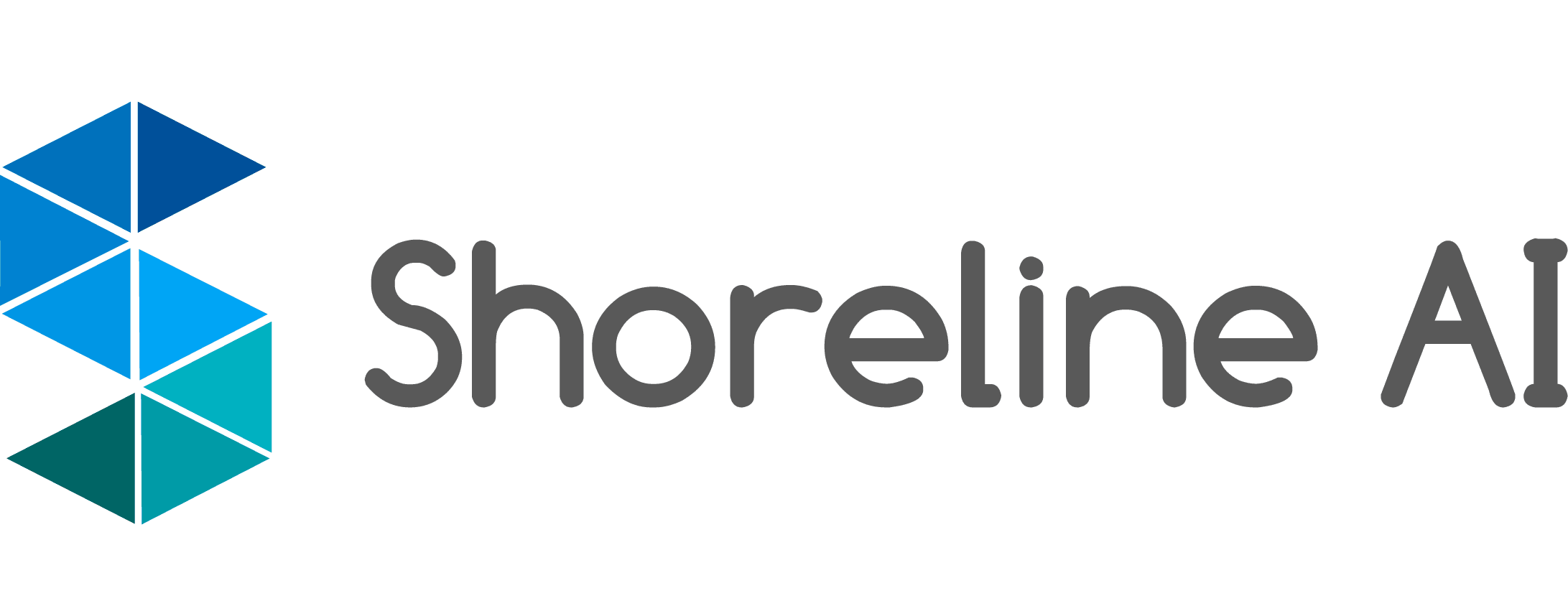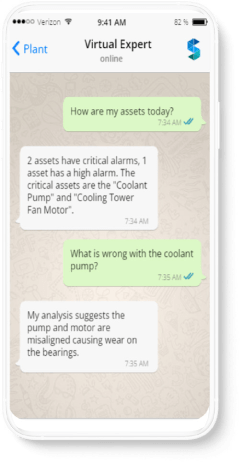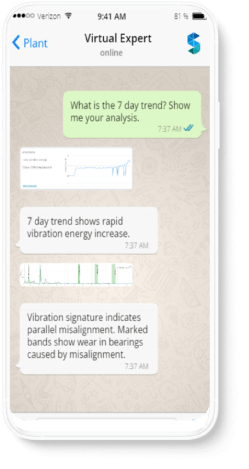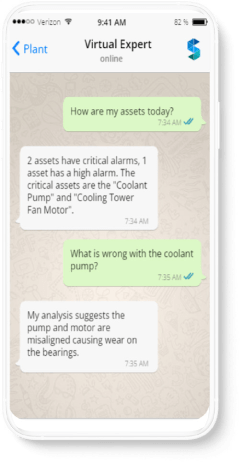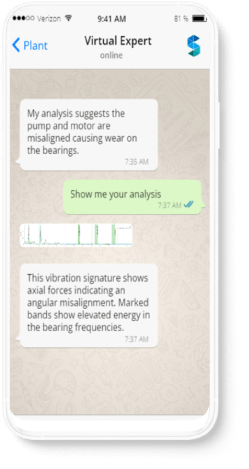Generative AI (GenAI) has the potential to revolutionize both the user interface (UI) for industrial asset performance management (APM) software, and improving anomaly detection, predictive analytics and root-cause analysis by combining human and machine data.
An APM Virtual Assistant application will offer improved knowledge management, intelligent queries, and dynamic analytics. This enables management, plant operators & supervisors to use a simple mobile chatbot to instantly and easily query and analyze critical equipment health and respond to alarms and alerts in a seamless manner.
The Virtual Assistant web app uses Gen-AI to interpret conversational questions entered by the user about the health and performance of their assets, and returns answers in a user-friendly and intuitive manner. The business benefits are the ability to quickly review and compare performance of various assets across a site or entire region, prioritize and schedule maintenance tasks, deploy as-needed maintenance resources, and improve overall machine lifetime, improving productivity of field resources and the bottom line.
